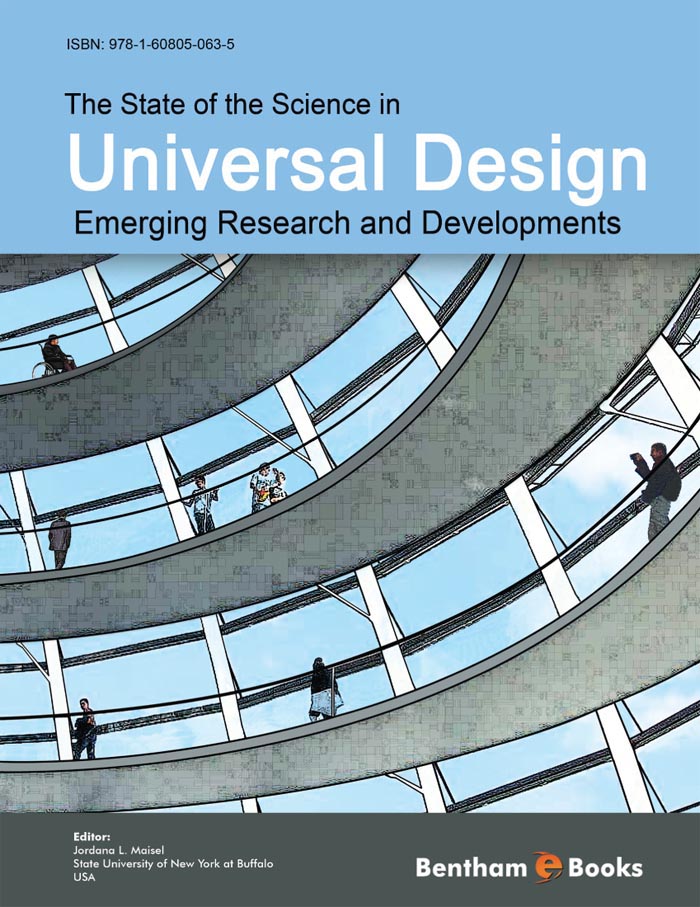Foreword
We will look back at the beginning of the 21st Century, as the time when society began to have an enlightened appreciation for the uniqueness, limitations, and richness of the resources of our world – natural and human. We are beginning to recognize how the sustainability movement affects all aspects of our lives (and the lives of those to come). Moreover, we are beginning to appreciate the pivotal role that Universal Design can play in creating a sustainable society that cost effectively empowers all people in our society to maximize their potential.
This appreciation, however, comes with a price – proof of the value that UD can play. Society is increasingly hesitant to commit resources for unfounded promises. Universal Design has always seemed like the right “moral” thing to do but does it really make sense from an economic/benefits standpoint? Evidence-Based Design is the tool that is providing the data that supports a positive answer to that question. The work discussed in this monograph lays the foundation for applying Evidence-Based Design to the field of Universal Design, justifying and guiding the efforts of researchers, practitioners, and users.
The RERC-UD State of the Science Conference, held at the 2008 ICADI Conference in St Petersburg, FL, gave us not only the wealth of documented information presented in this monograph, but equally important, it brought together researchers and practitioners from around the world, providing them with intellectual and moral support and putting a face on the movement. Seeing the international similarities (and differences) has given us hope for a worldwide sustainability movement that has a human face.
The international researchers, thinkers, architects, educators, practitioners and just plain people who are advocating Universal Design will find much support in this book.

